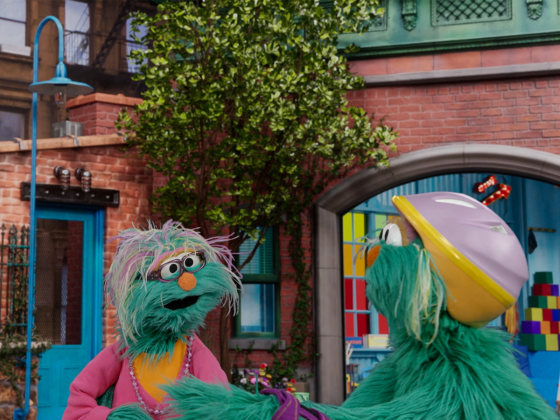
Parenting Moment: Describing
The way you talk with children matters! Your words have power.
Caregivers can support children’s development by describing—saying what they’re doing, as if you’re a sportscaster giving the play-by-play narration of a game!
Describing lets your child know you’re paying attention and you’re interested in their world. It also builds self-esteem, increases their focus and attention span, and builds vocabulary. It also helps children learn new words and basic concepts like numbers, shapes, and colors.
It all starts with following children’s lead. For instance:
- If your child is drawing a smiley face, you can say, “You’re using a thick crayon to draw an orange smiley face.”
- If your child is on a scooter, you might say “Zoom zoom, you’re cruisin’ along behind daddy. You just made a good turn!”
- If your child is showing a baby a ball and saying, “This is my fuzzy ball,” you might say “You’re showing Baby Jojo your fuzzy ball… you’re telling her all about it!”
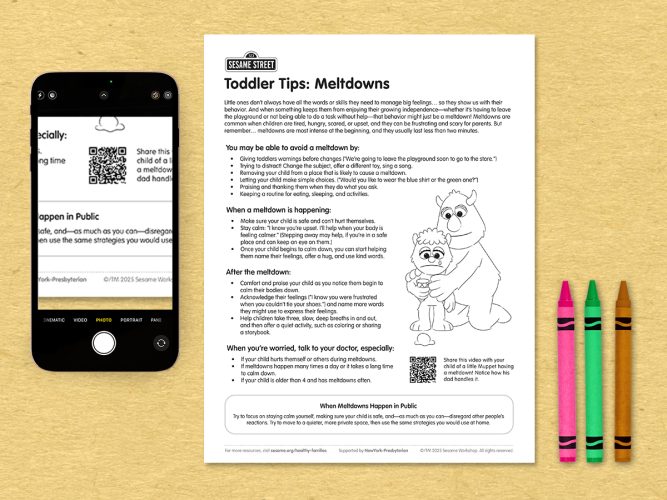
Toddler Tips: Meltdowns
Strategies for during and after a meltdown…and even some ways meltdowns might be avoided.
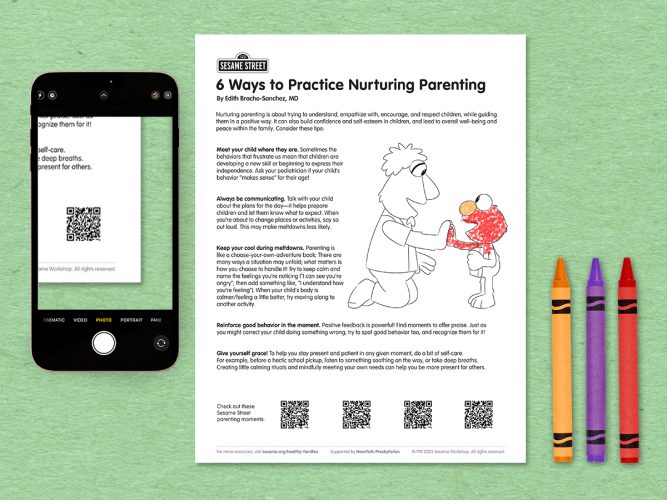
6 Ways to Practice Nurturing Parenting
Tips from a pediatrician on understanding, empathizing with, encouraging, and positively guiding children.
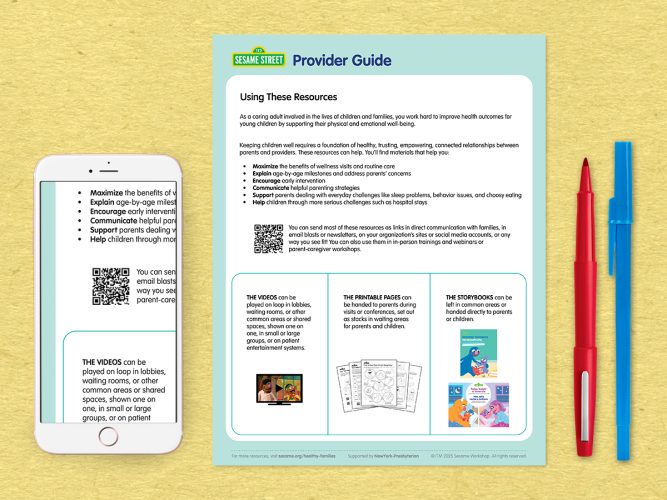
For Providers: Using These Resources
Print and refer to this page as you implement the materials in this initiative.
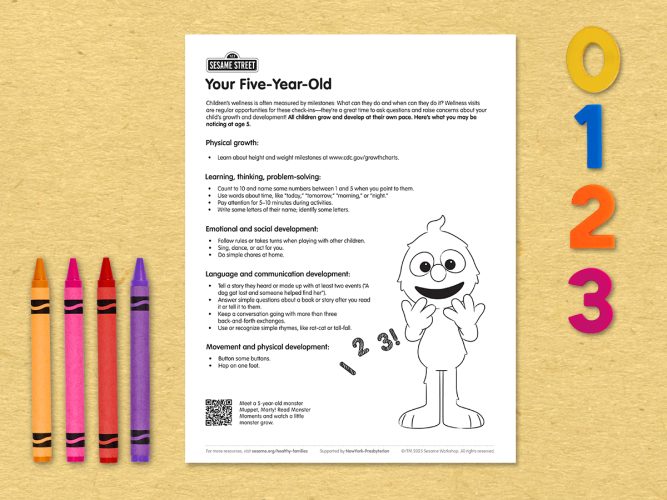
Milestones: Your Five-Year-Old
All children grow and develop at their own pace; use this chart to guide your expectations and observations so you can talk to your child’s pediatrician about questions or concerns.
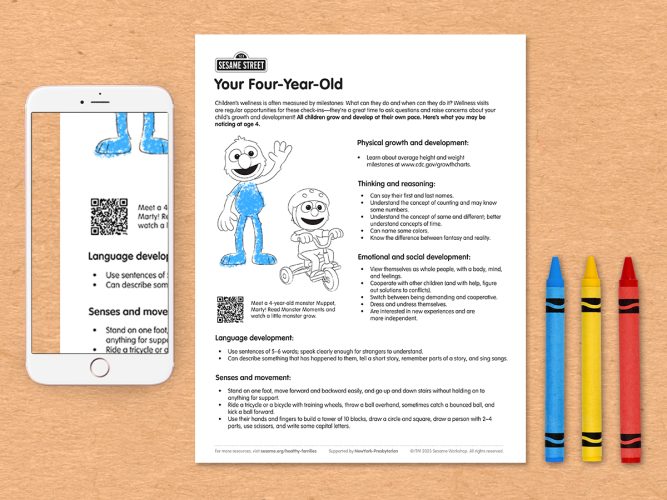
Milestones: Your Four-Year-Old
All children grow and develop at their own pace; use this chart to guide your expectations and observations so you can talk to your child’s pediatrician about questions or concerns.
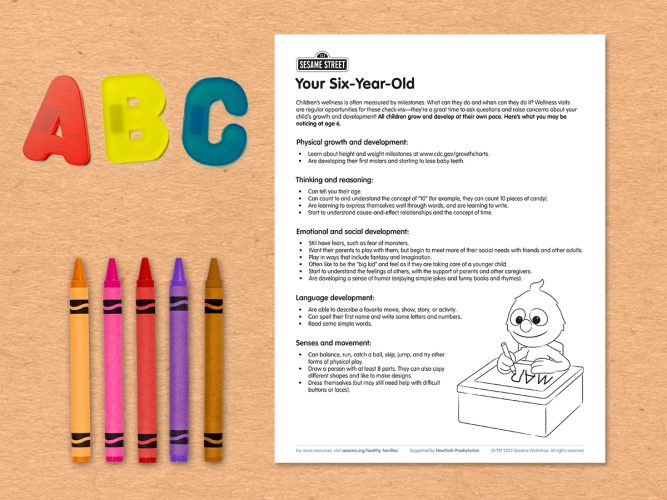
Milestones: Your Six-Year-Old
All children grow and develop at their own pace; use this chart to guide your expectations and observations so you can talk to your child’s pediatrician about questions or concerns.
